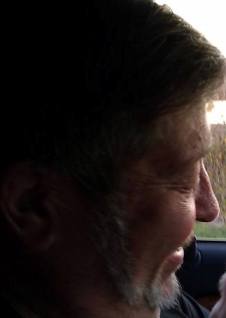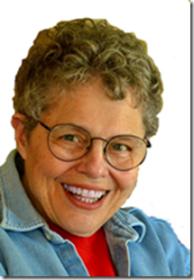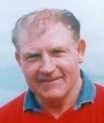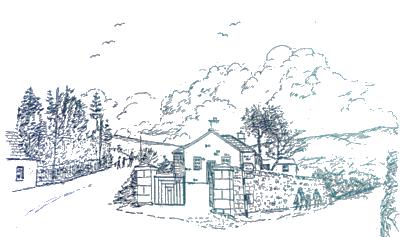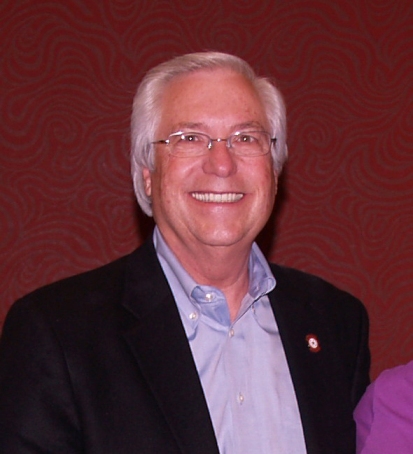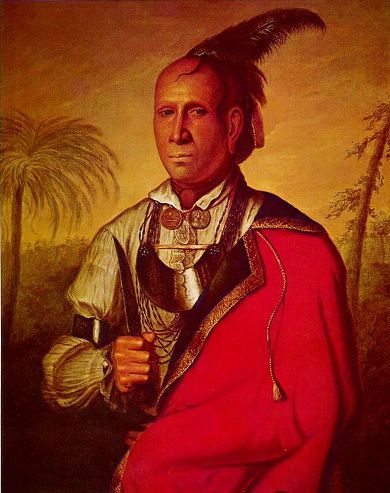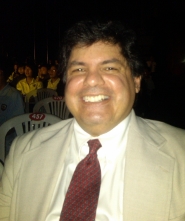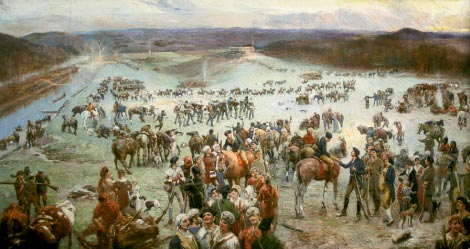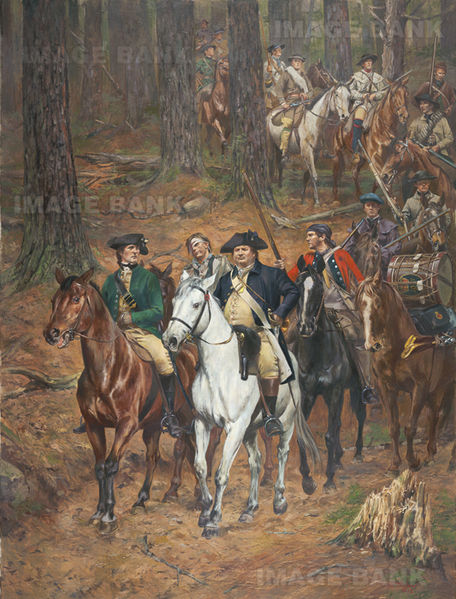
Wild Camels In Australia
"An abattoir in Caboolture, Queensland, is processing a
record number of camels from the Northern Territory and northern South
Australia,'' writes Eric Shackle.
Australia's outback is infested with an estimated one
million wild camels, descendants of thousands of camels imported, mainly
from India, in the 19th century, and were used for transport and
construction, before they were replaced by motor cars, trucks and bikes.
While Australian military forces are fighting Afghans in
Afghanistan, hundreds, perhaps thousands - of Afghans are living in
Australia. Many of them are Australian citizens. Some are descendants of
the Afghan 'caravanners' who worked in Australia's outback from the
1860s to the 1930s.
They came from the region between south of the Hindu
Kush in Afghanistan and the Indus River in what is now in what is now
Pakistan.
Afghans played a major part in establishing Islam in
this country, building Australia's first mosque at Marree, in South
Australia.The first Afghan cameleers arrived in Melbourne in June 1860 -
eight men with 24 camels specially imported for the Burke and Wills
expedition. Afghans without camels had been reported to have reached
Australia as early as 1838. Camels were the normal means of bulk
transport in the outback, where the climate was too harsh for horses,
before motor cars were invented. Today an estimated million camels run
wild in the outback. There's an abattoir, and some of the more fortunate
beasts are broken in and then exported to Arabian countries.
Even though the Afghans' help was greatly appreciated by
white Australians, they became victims of racism because of their
religion, looks, and competition against traditional transport workers.
The train from Adelaide to Darwin is known as The Ghan (formerly The
Afghan Express) in memory of the Afghan pioneers. In all, some 3000
Afghans settled in Australia.
One pioneer Afghan cameleer, Dost Mahomet (c. 1873 -
1909), became famous in his time. He used his camels to transport goods
between the ports and remote inland mining and pastoral settlements of
the Goldfields, Pilbara and Murchison regions of Western Australia at
the end of the 19th century. One of his great-great-great grandsons,
Jacob Mahomet, attended his 150th anniversary celebration for Burke and
Wills.
Gold was first discovered in Coogardi Coolgardie in 1892
beginning the famous Coolgardie-Kalgoorlie gold rush for surface gold
and, later, the extensive underground mining of gold which is still
underway. Camel transport operators quickly established themselves here,
many living in a tent settlement at the end of Coolgardie Street.
Demand for transport was high, so Dost acquired more camels and found
men to work for him.
Over the next decade, Dost carried goods to remote
settlements further north. He had drays built to help in haulage.
Pastoral stations had been edging northwards following reports from
exploring expeditions led by John and Alexander Forrest, Lawrence Wells,
David Lindsay and John Wedge. Many of these expeditions relied on some
camel transport Camels were still to be seen loaded with wool bales
loping between some of these stations and the rail head until the mid
1930s.
Dost set up a permanent base at Port Hedland in 1906
servicing the Pilbara region. Other Baluch relatives worked in the area
alongside other cameleers from Baluchistan, Afghanistan, and northern
India. Many made journeys back and forth between Western Australia,
South Australia, and their birthplaces. By law, all were subject to
racial restrictions applying to migration, type of business, occupation,
employment and location. For example, after 1897, on departure, special
permission was needed for those wishing to return to Western Australia.
Following the Federation of the Australian colonies, continued
residence and entry again required legal permits.
European cameleers also worked in the Pilbara, usually
hitching wagons behind camel teams, unlike the method of loading
individual camels traditionally used by Baloch and Afghan cameleers.
In 1908, not long after Dost settled in Port Hedland,
storekeepers at Marble Bar began arranging contracts with some of the
camel operators to have their goods transported from the Port Hedland
wharves. Contract rates were lower than the established going rates.
Tensions flared. Non contractors refused to cart for the storekeepers
and went 'on strike' rallying against 'non-union' rates. Two hundred and
fifty camels at 32 Mile Well were unhobbled and scattered into the
scrub. Camel loads were flung to the ground. The dispute was eventually
settled after police and officials from Perth and the local area
intervened and facilitated discussions between the opposing parties.
Troubles resurfaced periodically - three years later agreement was
reached to almost double cartage rates, but it had been a period of
financial stress to the cameleers.
In Coolgardie, Dost formed a lasting relationship with
Annie Charlotte Grigo, whom he had met while she was working in her
father's bakery owned by John de Braun, who also owned Perth's grand
Esplanade Hotel. Annie's family had migrated from Peak Downs in
Queensland, her mother having been born in Denmark, her father in
Prussia.
Annie's father and brothers opposed the marriage. The
pair eloped by camel and took ship to India. At Lal Bhaker, Dost's
birthplace, the two were married by traditional Muslim custom. Annie was
17 years old. Their first child was a son, Mustafa, born in 1896. Annie
and Dost then returned to the camel business in Western Australia,
leaving Mustafa in the village.
Five children were born in Western Australia - Lillian
Rosetta (1898-1970), Hagu (Ada) 1902-1987), Alious Ameer (Arthur)
(c.1904-1988), Jenneth (Jean) (1906-), Pathama (Violet) (1908-1983). The
couple led a mobile life working camels through the goldfields and
stations of northwest Western Australia, finally establishing a
permanent home in Port Hedland were they were respected members of a
small town of 200 by 1909. Their home was built on the block they bought
in Kingsmill St.
In a seeming challenge to Dost's strict Muslim
practices, he bought the old brewery opposite the Esplanade Hotel. The
eldest two girls attended the local primary school when it opened in
1906 with other children of European, Aboriginal and Chinese origin.
Camels were hobbled away from the town.
The family kept goats for milk and butter. Despite
earlier family antagonisms, once established at Port Hedland, Dost
provided finance to help his wife's sister buy a hotel near the town. He
also assisted two of Annie's brothers to become established in
business. Life within the extended family, however, was often
difficult..The brothers were heavy drinkers, sometimes violent and not
always respectful of Muslim practices.
Dost was short and strong. Wrestling was a sport he
engaged in, occasionally with Europeans, but more often with other
cameleers. He also had a reputation for having a quick temper and there
are reports of physical violence in the home.
Both parents died violently not longer after building their Australian-style home at Port Hedland.
The full circumstances of Dost's death in 1909 are
unclear. It is known he was killed at home during a long and fierce
fight with his two brothers-in-law. One of them fatally smashed open the
back of Dost's skull with a heavy piece of jarrah. The two brothers
stood trial in Broome in June 1909 but were acquitted of murder. Dost's
relatives attributed his death to Annie's brothers and held Annie at
least partially responsible for their acquittal.
Dost was a man of wealth as well as standing when he
died. He had left a written will bequeathing his assets to his children
and Annie and designating his brother Jorak as executor. Annie
complained that Jorak was withholding money from her and that life was
very difficult. She finally agreed to Jorak's offer of financial
security and a good education for the children on condition that she
return to India with the children.
She boarded ship in fear for her life. In Karachi, she
took precautions. She contacted the British Resident. She was well
remembered by many of Dost's relatives around Karachi, working and
joking alongside women in the village. Warned by some of them of threats
to her life, she and the children moved one evening to a compound the
other side of Karachi, gaining the protection of a trusted
relative.Annie slept with a small revolver under her pillow and a
watchdog outside.
Three months after landing in Karachi, in August 1910,
Annie was stabbed to death in her bed while her two youngest children
lay alongside. Two nephews and a third person were charged with murder
but were acquitted because of lack of identification.
After the court trial, the five youngest children were
returned to Australia under an agreement between the district magistrate
at Karachi and the Federal and Western Australian Governments. They
were eventually placed in the care of the State. After their deaths,
accounts of their parents' assets included camels, property in Port
Hedland, monies owing to the estates, and jewellery, but the children
did not inherit any of those items.
A tamarind tree still grows in Port Hedland at the site
known as One Mile. It's reputed to have been planted by Dost Mahomet.
An abattoir in Caboolture, Queensland, is processing a
record number of camels from the Northern Territory and northern South
Australia.
The owning company, Meramist, supplies camel meat for human consumption in Europe, the US and Japan.
http://www.migrationheritage.nsw.gov.au/exhibition/objectsthroughtime/broken-hill-mosque-collection/
Camel abattoir: http://www.abc.net.au/news/2013-04-15/spike-in-camel-abattoir-meat-production/4630318
Written by Eric Shackle - Published on June 24, 2013 11:30 AM | Permalink with British publication "Open Writing."
Click on author's byline for bio and list of other works published by Pencil Stubs Online.






